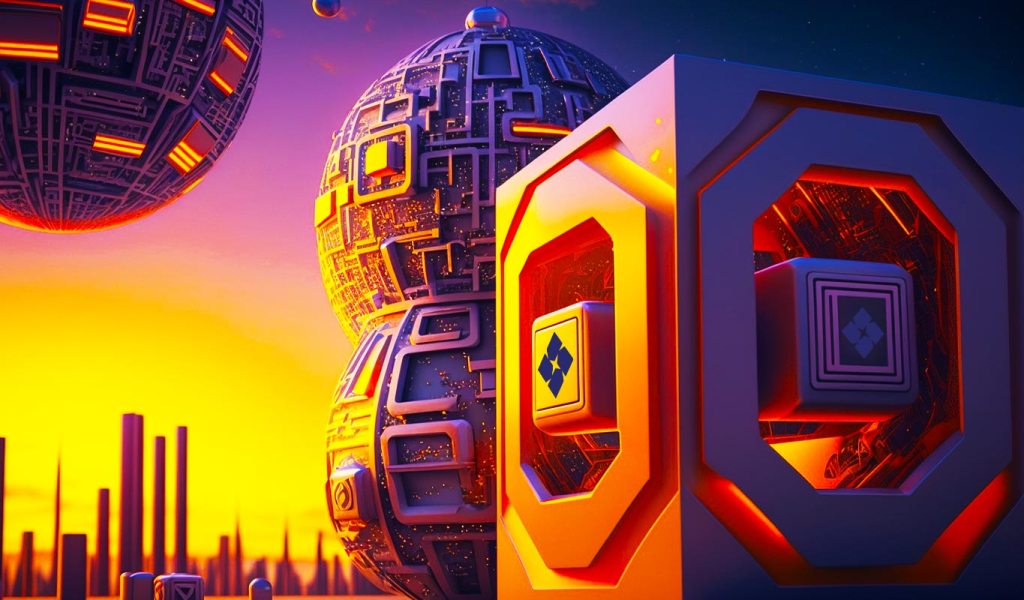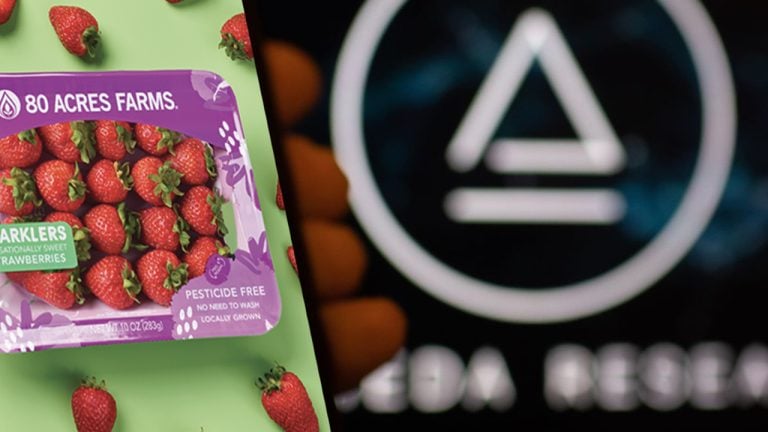
Starknet's latest upgrade will scale the ZK rollup's throughput by 50X or more. But capacity is very different to real world usage.
Starknet’s Quantum Leap upgrade has been deployed on testnet, with the Ethereum layer-2 scaling protocol claiming it's capable of processing "hundreds of transactions per second."
If achieved, it would be at least a 50X improvement from its current throughput, thanks to the Version 12 upgrade harmonizing how the sequencer's code interacts with the Cairo programming language.
A Starknet fact sheet states that the "time to inclusion" after the upgrade goes live on mainnet "will be under 15 seconds" meaning DApps will be able to confirm transactions on-chain within seconds.
Co-founder Uri Kolodny was a little more circumspect in an interview with Cointelegraph, stating that the upgrade has hit "triple figures" during testing so far.
If this throughput is mirrored in real-world usage — and high TPS is as much a function of demand from users as technical capability — the upgrade would be a huge leap for Israeli firm StarkWare's decentralized scaling network.
According to L2Beat, Starknet is currently processing just 1.79 TPS, meaning the upgrade could improve transaction speed by 56X or more. It would also easily outshine other Ethereum L2s including the OP mainnet (6 TPS), zkSync Era (8.63 TPS) and Arbitrum One (9.69 TPS), not to mention Ethereum itself (12.29 TPS).

But to put those TPS figures in perspective, it's still a lot less than Solana's 4127 TPS or Visa's 1700 TPS.
"Scaling has been the primary challenge that this ecosystem has been fighting with over the past several years," Kolodny said.
"We believe that Version 12 brings with it this Quantum Leap — in fact there are a whole series of leaps that will roll out through the summer we'll go through. But we are already in the triple digits for transactions per second."
Capacity is very different to usage however, and even after the upgrade if there are not enough users on Starknet that actually make 100 transactions per second, then the protocol will not run at 100 TPS.
Kolodny added that raw TPS is not the best metric of performance, given that complicated transactions are harder to perform than simple ones. But he said the upgrade also enables complicated transactions to make multiple calls "each performing separate logic from a separate contract."
"In terms of Cairo steps per second, we're observing an increase of at least something on the order of 50X compared to what we have today."
Zero Barriers podcast series: Crypto adoption fueled by ZK-rollups
The Quantum Leap upgrade does not solve the data availability problem faced by all ZK rollups. The issue is that there is not enough room on Ethereum to write back all of the required data for the transactions on L2s, which pushes up costs.
As of now, 90% of costs on Starknet are associated with Data availability cost to L1.
— Starknet (@Starknet) June 7, 2023
Ackktually, Starknet will be the first L2 to offer Volition, and reduce fees by up to 85% post its launch later this year.
Moreover, the implementation of EIP4844 on L1 will further lower it.
Kolodny said this would be addressed by the Version 13 Volition upgrade , which is due before the end of this quarter. It will give users granular control that enables them to store crucial or high value data on Ethereum, and less important data elsewhere. This is projected to cut fees by 85% and could pave the way for low fee micropayments or a boom in affordable and fast blockchain gaming.
One of the key components of the upgrade is Cairo-rs, which is a faster implementation of the Cairo virtual machine using Rust instead of Python from venture studio LambdaClass.
Founder Federico Carrone said Quantum Leap was a "historic moment" for blockchains in general.
"This release shows that it's possible to scale blockchains in a safe way thanks to STARKs and enables the creation of new applications that were impossible to think of a few years ago on top of a blockchain."
StarkWare previously announced on June 29 that its validity proof ZK scaling technology had now facilitated more than $1 trillion in transactions.
Magazine: Ethereum is eating the world — ‘You only need one internet’











